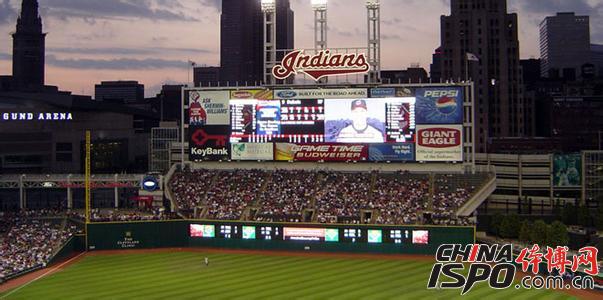The LED sports event screen has become an essential part of modern large stadiums, offering clear and dynamic visual experiences for spectators. These displays not only show real-time scores and game highlights but also enhance the overall atmosphere of the event. But what are the different types of LED screens used in sports events, and what should be considered during their design and installation?

LED sports event screens come in various forms, each serving a specific purpose. The most common types include full-color LED screens, LED fence screens, and timing and scoring LED screens.
1. **Full-Color LED Screen**
These are used to display exciting moments from the field, such as slow-motion replays or 3D animations that represent the tournament or specific events. They provide a vibrant and immersive experience for the audience.

2. **LED Fence Screen**
Located around the stadium, these screens are used to show commercials, highlight reels, and other engaging content. They are made up of individual modules connected with snap-type connectors, making them easy to install and maintain. Each module has its own support feet, allowing for adjustable angles to optimize viewing for the audience.
3. **Timing and Scoring LED Screen**
This type of screen is directly linked to the scoring system of the game, displaying player performance and key data. It plays a crucial role in ensuring accurate and timely information is visible to players, coaches, and officials. The screen should be clear, precise, and capable of showing text, graphics, and even animations.
**Design Considerations for LED Sports Event Screens**
1. **Safety and Reliability**
Stadiums have high foot traffic, so safety is a top priority. The LED screens must meet industry standards like SJ/T11141-2003, including fire resistance, lightning protection, and automatic shut-off features. Power supply systems should be separate and reliable, with proper cable installation and circuit protection.
2. **Installation Location and Quantity**
The placement of the LED screens should ensure that over 95% of seated spectators can view the content clearly. Additionally, the screens must be visible to athletes, coaches, and referees on the field.
3. **Brightness and Visibility**
Outdoor LED screens require high brightness (at least 5000 cd/m² for full color), while indoor screens need at least 1000 cd/m². Character height should be sufficient for clear visibility, especially in swimming and diving halls.
4. **Optical Performance**
The screens should offer wide viewing angles, uniform brightness, and adjustable settings. Contrast ratios and color accuracy must meet specific standards based on lighting conditions and environment.
5. **Real-Time Control**
The system should allow for real-time updates, including live scores, scrolling messages, and switching between text, images, and video. This ensures that the content remains relevant and engaging throughout the event.
In addition, the display system should be able to present competition information clearly and accurately, using multimedia to create an energetic and immersive atmosphere. A user-friendly interface, flexibility for different sports, and ease of maintenance are also important factors in the success of an LED sports event screen.
Shaoxing Haotuo Machinery CO., LTD. , https://www.haotuochinatools.com
